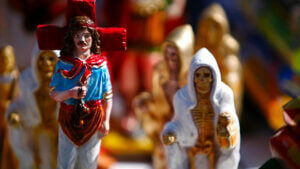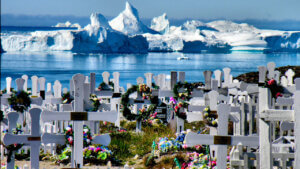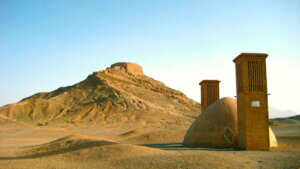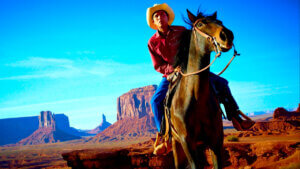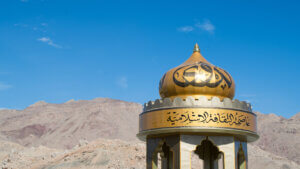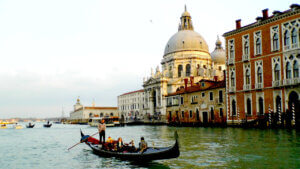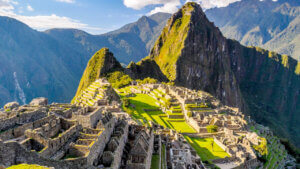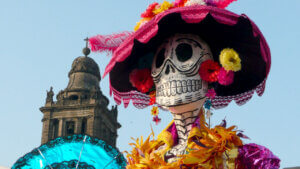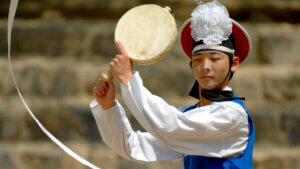United States of America
Native American Burial Traditions
Introduction
Native American death traditions have deep roots in their cultures. Spirituality for Native Americans emerged in their everyday life. With this post we are exploring, some of the many Native American beliefs and burial customs. This includes both modern-day US mainland as well as the island of Hawaii. Finally, we learn more about the early burial practices of the Puritans Early Settlers.
From Ojibwa’s death dolls, to the Seminole throwing all the possessions of the deceased in a swamp, Native Americans practices a huge variety of burial traditions.
Native American Beliefs
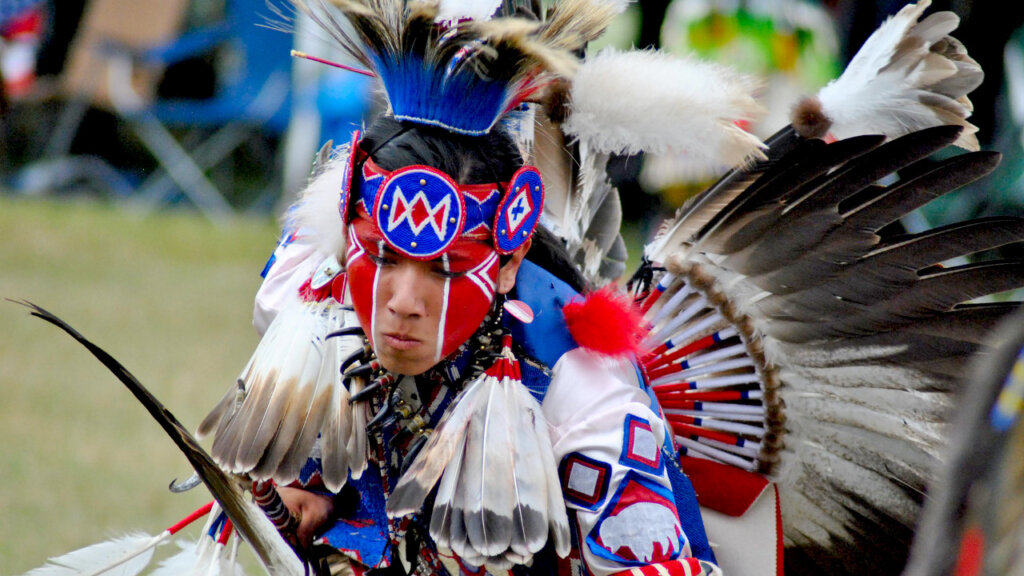
For the most part, Native American spiritual beliefs and practices vary widely across tribes. These beliefs manifest both on an individual and on a tribal level. Therefore, one should expect variations even within a tribe! There was no organized nor centralized religion or belief system for Native Americans. This is also present on their ideas of an afterlife, understanding death and dealing with the deceased.
However, an idea that most Native Americans shared, was the belief that the spirit of the deceased journeys into the afterlife. Therefore, funeral rites were ways of helping the spirit navigate the hardships of that journey. It is also worth noticing that there were no concepts of duality such as heaven and hell.
Additionally, some tribes placed the body in a tree and leave there to naturally decompose. This natural decomposition is an example of how the cycle of death and life is natural and embedded effortlessly in Native American beliefs. Next, we describe only some of the older Native American death practices.
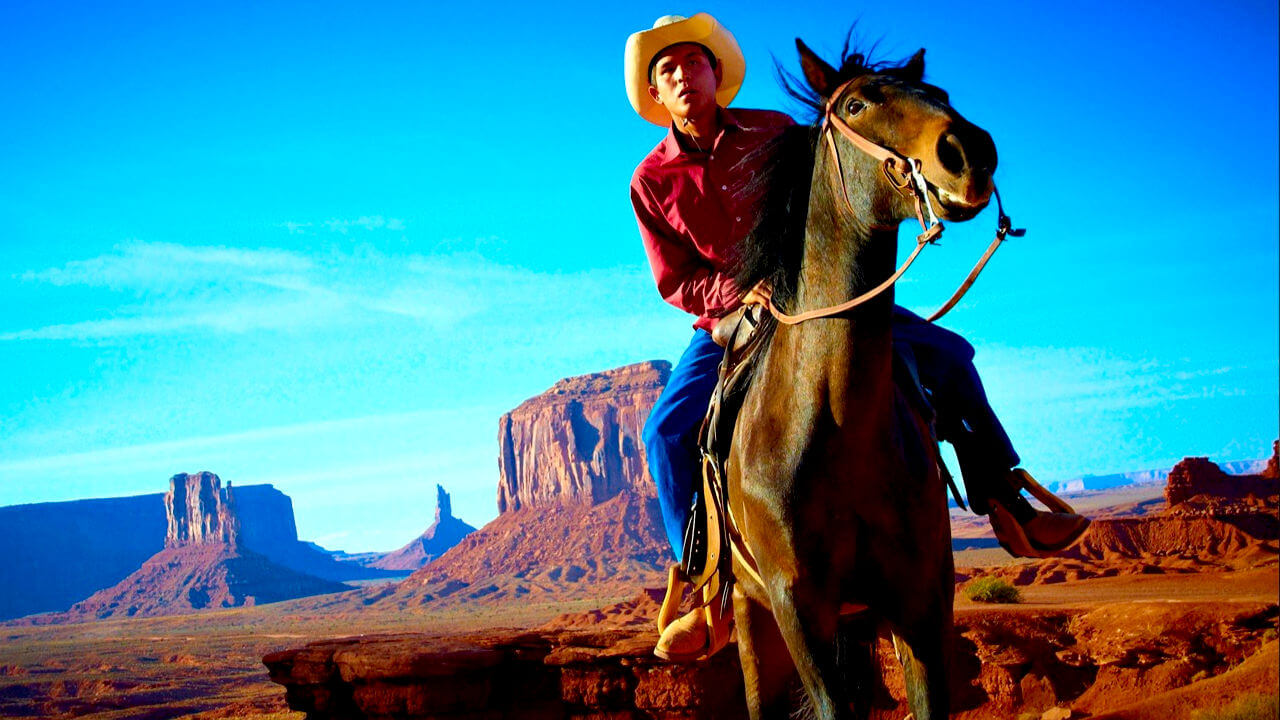
Death Practices Among Tribes
Ojibwa
Tribes such as the Ojibwa or Chippewa (American North-Midwest & Canada) made a doll from a child’s hair after it died. The mother carried this doll for a year as a sign of grief. Other tribes, such as the Nez Perce of the Northwest, had even harsher death traditions. In short, they sacrificed wives, slaves, and the favorite horse of a deceased warrior.
Navajo
The Navajo (Arizona, Utah & New Mexico), buried their dead as soon as possible. Additionally, they refused to say the name of the deceased for at least a year after their death. They did that in order to avoid accidentally disturbing the spirit during their afterlife journey. Navajos also believed that sudden or violent deaths might summon evil spirits, known as Chindi, that would haunt the family of the deceased. The family had then to perform cleansing rituals in order to protect themselves from Chindi. Similar purification rituals had to take place in case a Navajo was exposed to a corpse for too long.
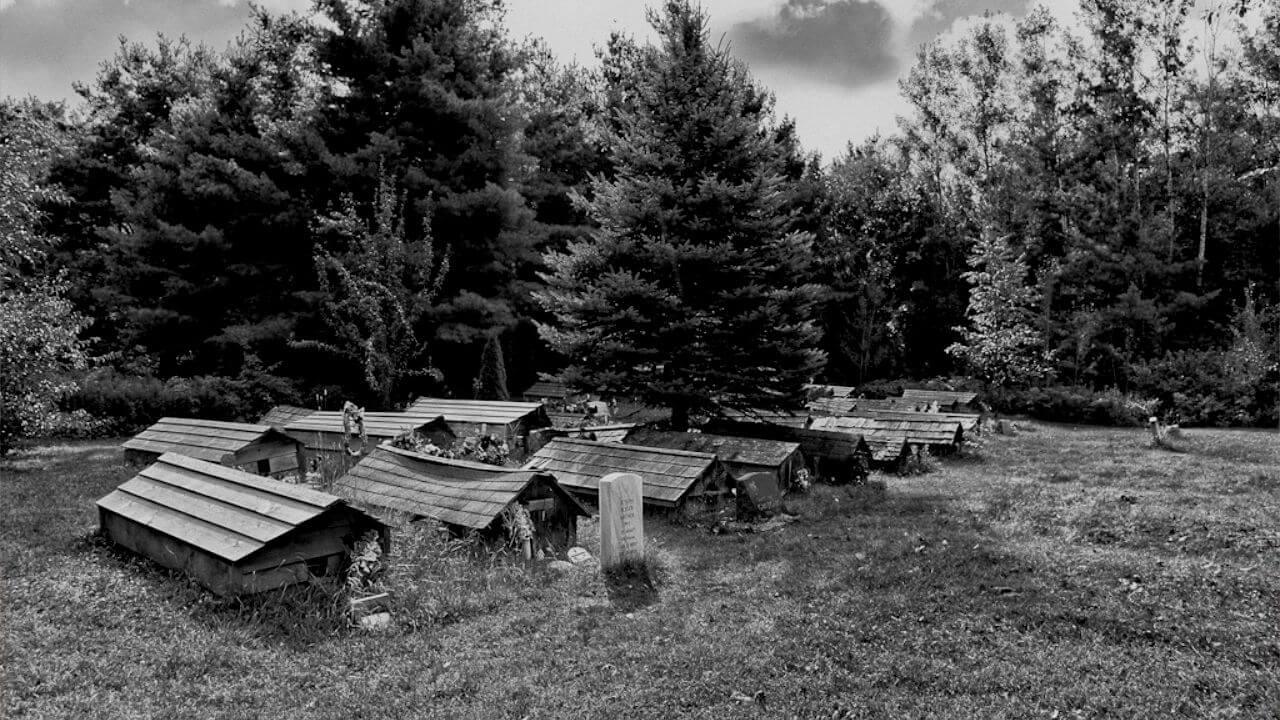
Apache
Other Southwestern tribes, such as the Apache, also feared the spirits of the deceased. The Apache though that the dead resent the living. As a result, they buried the corpses as quickly as possible too. Adding to that, they burned the possessions of the dead, including their house, a practice that also falls in line with their nomadic lifestyle. Purification rituals took place and consequently the family moved to a new place in order to avoid their dead ancestor’s spirit.
Seminole
The Seminole tribe (Florida & Oklahoma) would place the body in a chickee. This refers to an open-sided structure and then the whole community would resettle somewhere far from it. The possessions of the dead were sometimes discarded in a swamp.
Cave & Clean Burials – Hawaii
Death perceptions and mortuary practices varied in Old Hawaii depending on the island and the landscape. More importantly, perhaps, death practices depended on whether the deceased was a maka’ainana or an ali’I. Correspondingly, these refer to a commoner and ruling class or royalty. Generally speaking, Hawaiians preferred natural graves such as caverns and caves, when available.
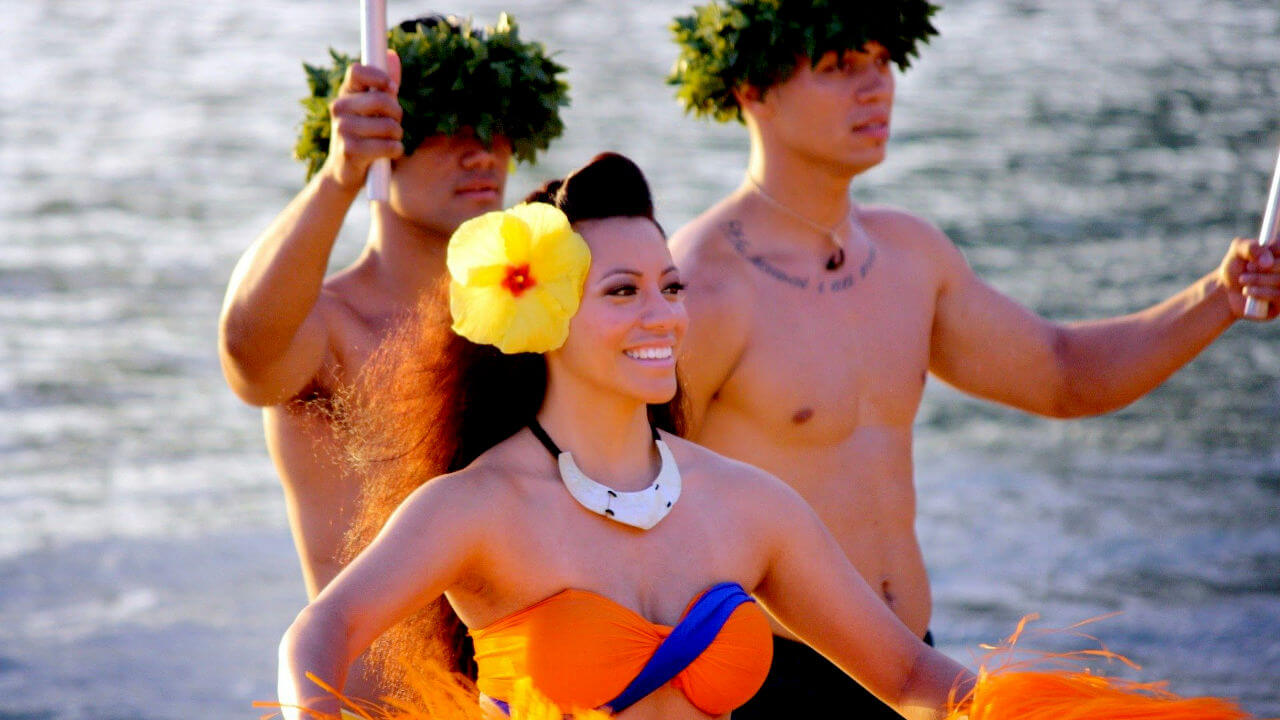
Ali'I Rites
The corpse of an ali’I got special treatment. Hawaiians wrapped it in banana, taro and mulberry leaves. After that, they buried it in a shallow grave close to a shrine. These shrines were usually next to the area were men ate.
Moreover, the death of a chief or any member of the ruling elite, quickly turned into an affair for the whole community. For instance, if a king or a person of importance died, some members of the community could shave their hair on both sides of their heads. Alternatively they might remove a front incisor, scar their skin or, even cut off an ear in rare cases. They used to say that the pain of these practices was great, but not as great as their grief.
Clean Burials
The body of the dead was exhumed and the flesh was thrown to the sea. However, the bones and especially the skull, were engulfed in tapa, and kept at a shrine. This is also why these rituals are described as clean burials, since the remains were considered to be purified after being defleshed. Priests would chant funeral rites at the same time. Furthermore, according to Hawaiian beliefs, if the deceased was a king, he ascended through these rites to a status of divinity.
Hawaiians would often then transfer the remains to a cave during the night. Only the most devoted followers of the deceased could join for this process, in order to make sure that they bury the deceased in a secret spot. Due to gravediggers, this need for secrecy was a very important part of the burial customs. In other words, this way the enemies of the ali’I could not steal away his sacred mana (e.g. life force).
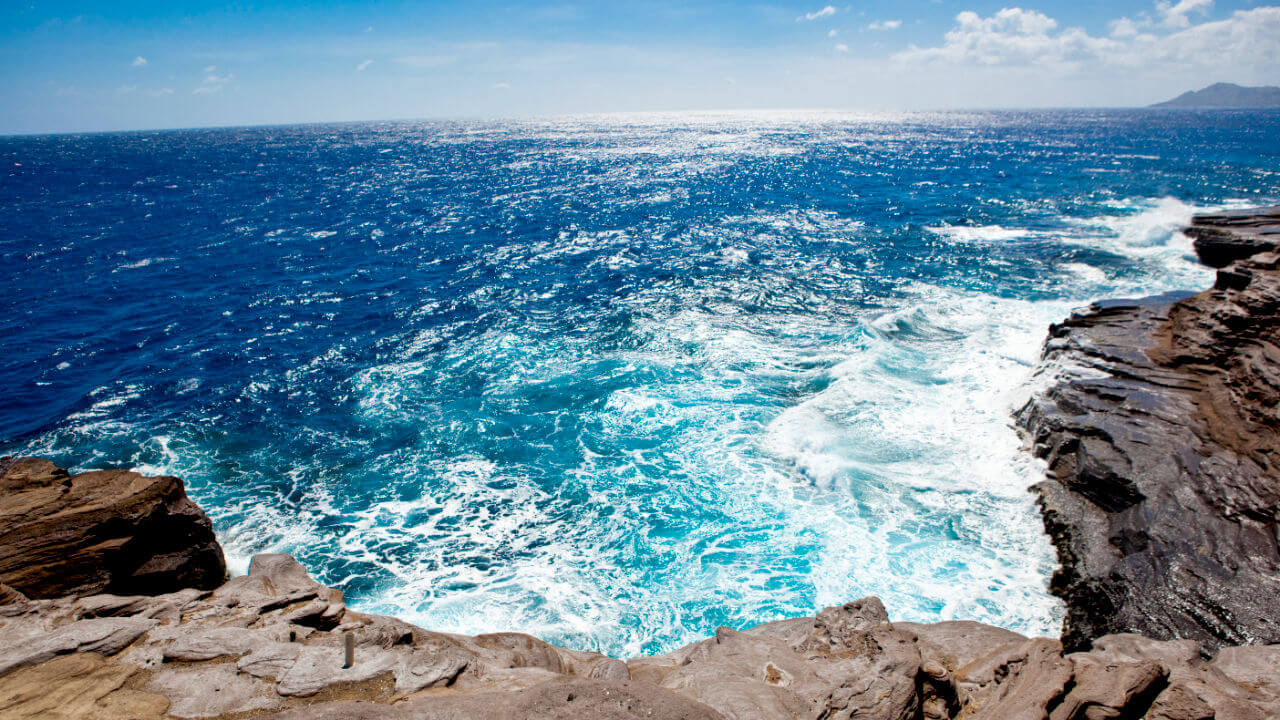
Maka'ainana Rites
Hawaiians buried commoners in a similar way since the body needed to be interred in a specific sitting position. Sometimes the graves were close to settlements, or even in house gardens. These graves were also not particularly deep usually.
Some communities buried their dead in the same cavern, but each family had its own personal cave. Additionally, in some other cases, structures made of stone were built to house the bodies of the dead. These places were called wahi ino, places of evil. Burials were taking place the first or second day after death.
Hidden burial caverns
Some of these caves were accessible only by sea which made the funeral a day-long ordeal. Moreover, both cave entrances for maka’ainana and ali’I graves were sometimes hidden. Bodies in deeper parts of the cavern were in a flexed position. However, the ones closer to the entrance, or in other words more recent ones, were in an extended position. This possibly marks a change in native American death traditions after the arrival of Christian missionaries in the 19th century.
Early Settlers Funerals – New England
Death for the first settlers was very common in the 17th and 18th centuries. After all, half of the Pilgrims usually died during their first winter in the New World. Harsh living conditions, disease, malnutrition as well as the exhausting trip to America resulted in 10% of all children dying during their first year. Moreover, 40% of children never reached adulthood. The elaborate Puritan burial rites of early colonists reflected this high prevalence of death.
Among others, the funeral practices of early settlers included the following.
Back-up Pallbearers
The concession of the body took place on foot and the men of the community would carry the bier with the coffin. Since some of them were older, Pilgrims often had a back-up set of these pallbearers that could take over if needed.
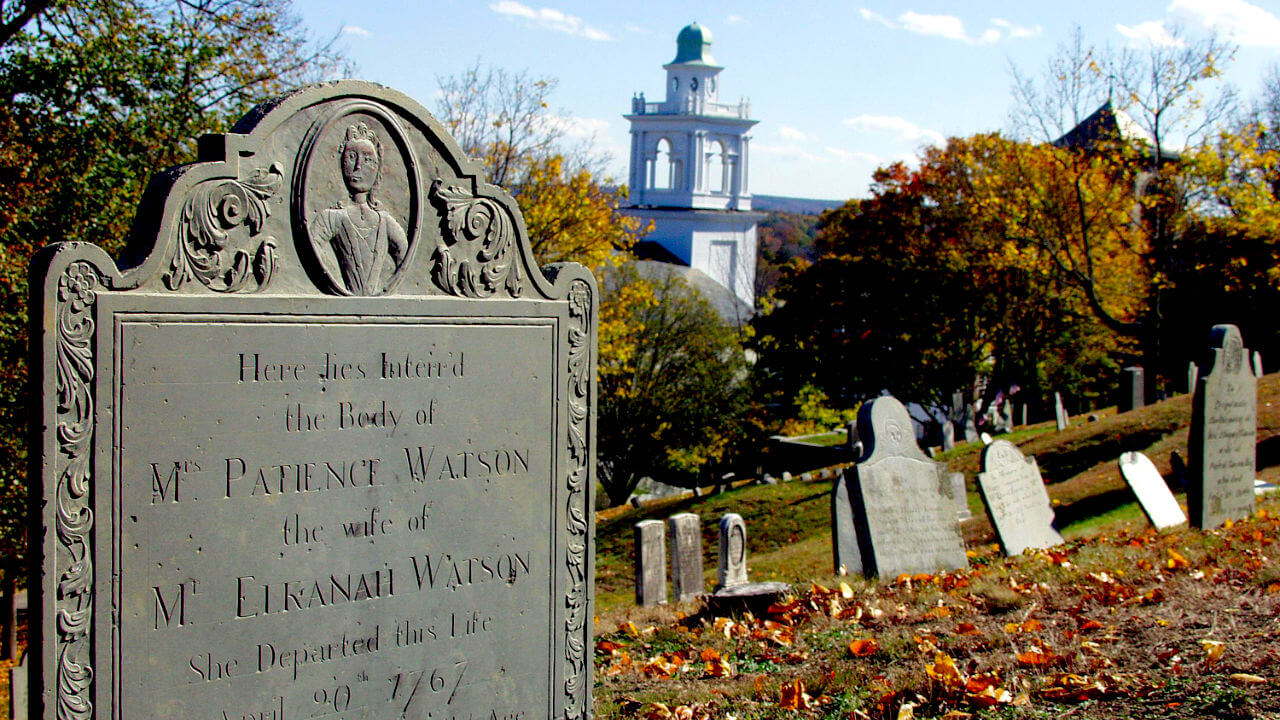
Silent funerals
Since most Pilgrims saw Catholic sermons as pagan, they avoid them. To be specific, they avoided using any rites, making early colonist funerals virtually silent. They attached praising notes to the bier and later published them as memorials.
Mourning gloves
Grieving families sent mourning gloves to the funeral attendees, including priests. They could be fashionable or simple and used as a sign of grief. This was so common that, according to testimonies, pastor Andrew Eliot received over 2,940 pairs of funeral gloves.
Death rings
In case the family had the resources they would make commemorative rings that for other family members and, once again, priests too. Similarly to wedding rings, these death rings had inscriptions such as ‘Death Conquers All’ or ‘Prepare for Death’ and many of them still exist as family heirlooms.
Read more
We hope you learned something new regarding this country’s death practices!
If you want know more about modern American funeral customs, feel free to check out our article here. For other indigenous death practices you can have a look at our article on Aboriginal funeral customs. Finally, if you would like to read more on Shamanistic death beliefs and practices, we recommend our article on Sami burial practices.
Stats & Facts
That depended heavily on the tribe. Most tribes buried their dead as soon as possible, just within days after death.
No Census Data
There was no centralized religion shared by all Native Americans. Dozens of religious practices and beliefs survive to this day and may vary from monotheistic to shamanistic and animistic approaches. Currently there even is a Native American Church centered to an extent around the religious use of peyote.
Life expectancy
- Apache
- Chapter VIII: Kaloko-Honokohau National Historical Park (2001)
- Colonial New England Funerals
- Death around the world: Native American beliefs (2016)
- Encyclopedia of Death and Dying: Native American Religion (2009)
- Funeral Traditions in Colonial New England – Phaneuf (2015)
- Hawaiian Cave Burials – Mary Frances Knapp (2013)
- Native American Church
- Native American Funeral Traditions (2010)
- Native American religion
- New Hawaii law legalizes traditional ‘clean burial’ practice – S. Roig (2015)
- Sacred Burial Practices – B.Fullard-Leo (1998)
- Seven Strange Facts About Colonial Funerals
- Wolfgang Staudt, CC BY 2.0, via Wikimedia Commons
- Grand Canyon National Park, CC BY 2.0, via Wikimedia Commons
- Murray Foubister, CC BY-SA 2.0, via Wikimedia Commons
- Lauraham66, Free Use, via Pixabay
- Moyan Brenn, CC BY 2.0, via Wikimedia Commons
- Graeme Pow, CC BY 2.0, via Flickr
- lesjbolhlen, Free Use, via Pixabay
- Anthony Quintano, CC BY 2.0, via Wikimedia Commons
- Massachusetts Office Of Travel & Tourism, CC BY 2.0, via Flickr
- 4064462, Free Use, via Pixabay
- Anthony Quintano, CC BY 2.0, via Wikimedia Commons
- Don Sniegowski, CC BY 3.0, via Wikimedia Commons

